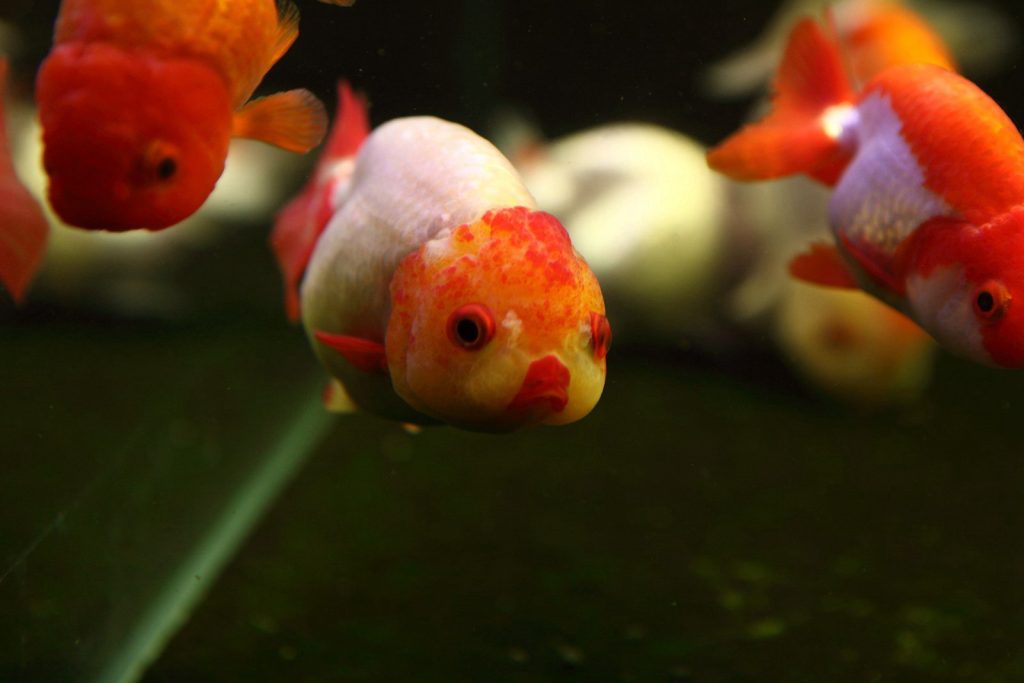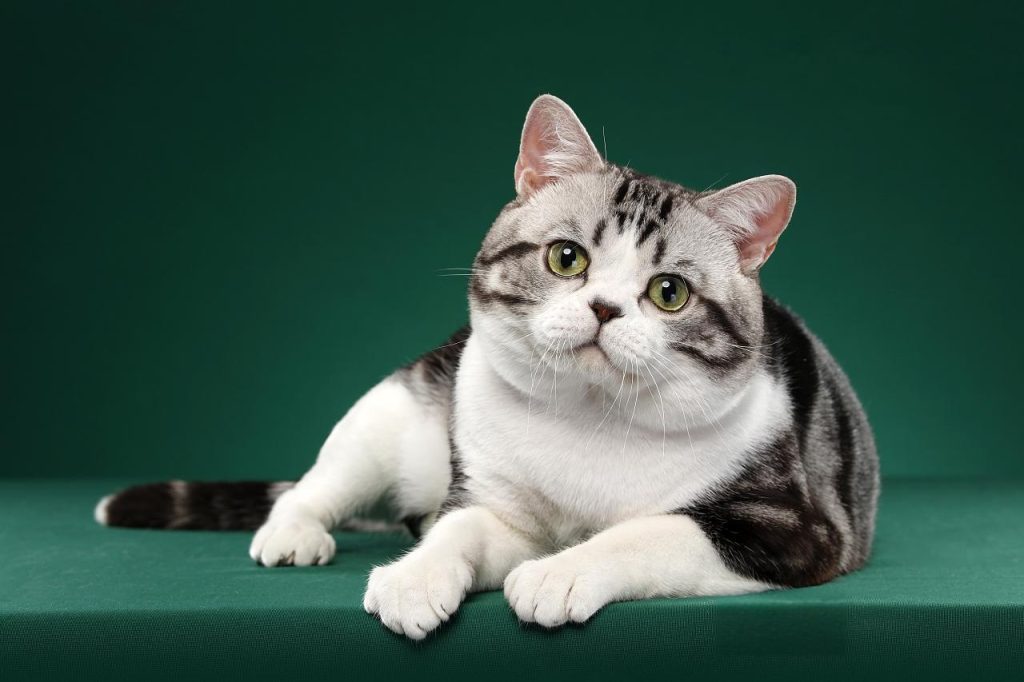
Windy ears, large face, short legs, round buttocks – relying solely on their buttocks, they can captivate a large number of fans and become the royal business card of Great Britain, a top internet celebrity! They have enchanted the world with their “peach-shaped buttocks.
They are Welsh Corgis.
Origin of the breed:
Corgis originated in the United Kingdom. In 1107, weavers living in Flanders, Wales, sailed across the sea and brought the ancestors of the Pembroke Welsh Corgis to Britain. This breed is part of the same family as the Dutch Keeshond, Pomeranian, Samoyed, Chow Chow, Norwegian Elkhound, and Finnish Spitz. Due to being bred in Pembroke County, Wales for a long time, they became known as Pembroke Welsh Corgis.
In fact, there are three breeds of dogs with “Corgi” in their names: Swedish Corgi, Cardigan Welsh Corgi, and Pembroke Welsh Corgi. The Swedish Corgi and the two Welsh Corgis are quite different and lean more towards being independent breeds native to Sweden.
The two Welsh Corgis have very similar appearances. Initially, these two breeds developed independently and had no relation to each other. However, in 1925, a group of individuals primarily breeding Pembroke Corgis formed “The Corgi Club.” Subsequently, the Kennel Club in the UK recognized the Welsh Corgi, but did not differentiate between the two breeds.
It was not until 1933 when Duke of York, who would later become King George VI, bought a Pembroke puppy for Princess Elizabeth. Afterward, this breed became the favorite of the future queen, and many people began breeding and raising them.
In 1934, the Kennel Club officially defined the distinct appearances of Pembroke and Cardigan Corgis. They stipulated that all Welsh Corgis born on or after October 16, 1934, must be registered as either Pembroke Welsh Corgis or Cardigan Corgis, and crossbreeding between the two was no longer permitted. Both types of breeders settled, and the development of the two breeds gradually progressed.
Physical characteristics:
- Corgis are small dogs with short, sturdy legs, a symmetrical body, and round buttocks that make them very popular.
- Corgis have erect ears, oval-shaped brown eyes, a gradually tapering chest, a short and thick undercoat, and a longer and rough outer coat. They come in colors such as red, sable, light brown, black, and tan. As for the tail, it is usually docked.
- Corgis are generally friendly, brave, neither timid nor aggressive, mild-mannered, energetic, and easy to train. For Corgi owners, they are loyal companion dogs and are good at socializing, bringing joy every day.
Feeding considerations:
- Ensure exercise: Despite their short legs, Corgis belong to the herding dog category and have a lot of energy. They require regular exercise, with at least half an hour of walks each day.
- Coat care: Corgis are known for shedding heavily throughout the year. Owners need to brush their coats daily and keep the house clean by regularly cleaning up the dog hair. Corgis should be kept in a dry and clean living environment, and their belongings should be regularly cleaned and disinfected to prevent skin infections.
- Dietary precautions: Avoid feeding Corgis foods that are high in oil and salt. Opt for foods that are good for their skin and coat. It is important to control the feeding amount, especially for neutered Corgis, as they are more prone to obesity.
- Prevention of bone diseases: As a standard long-bodied, short-legged breed, Corgis are prone to skeletal diseases, especially intervertebral disc disease. Therefore, it is necessary to avoid excessive exercise and obesity, which can put pressure on their bones. Providing calcium supplements to dogs is also advisable.
That’s all the information about Corgis for now. If you would like to know more about other cat/dog breeds, feel free to leave a message!

